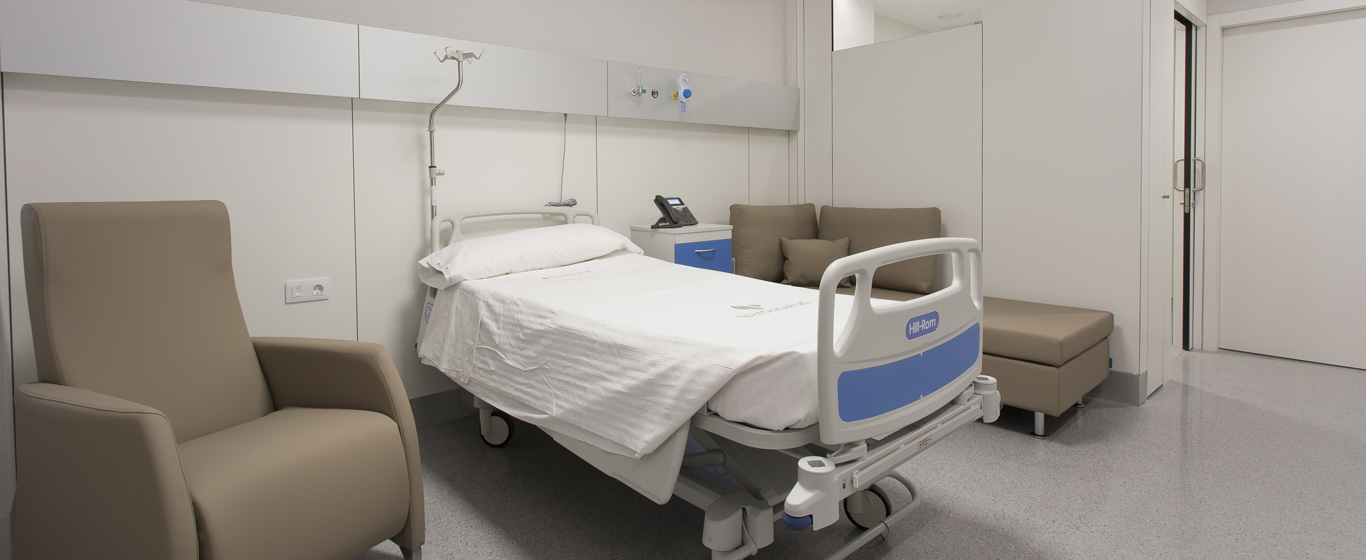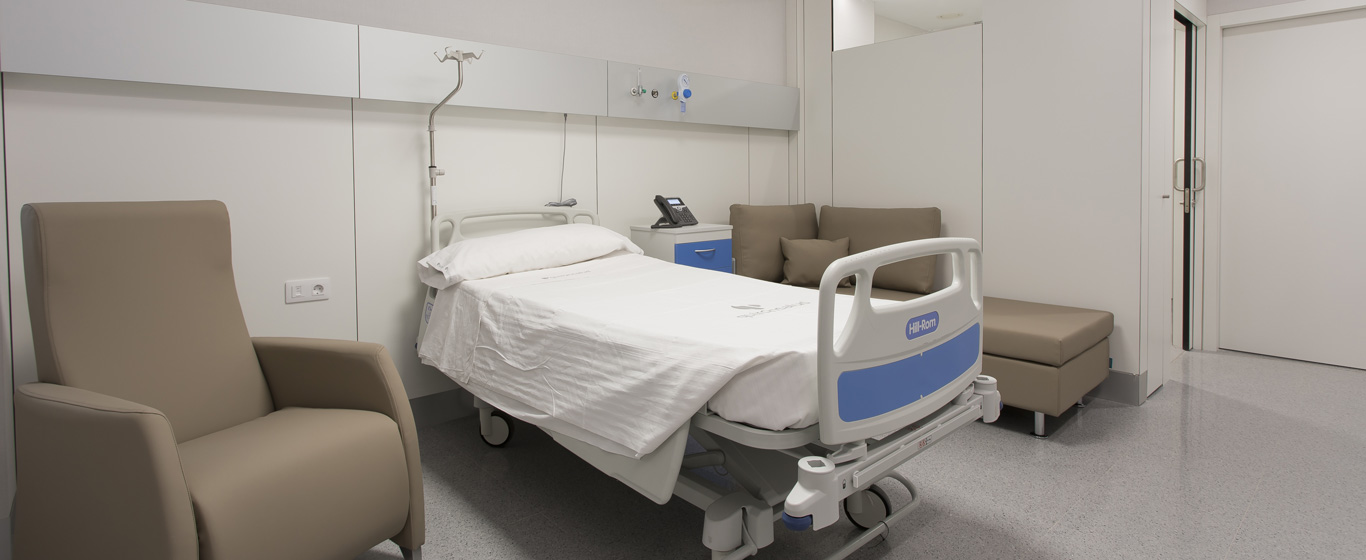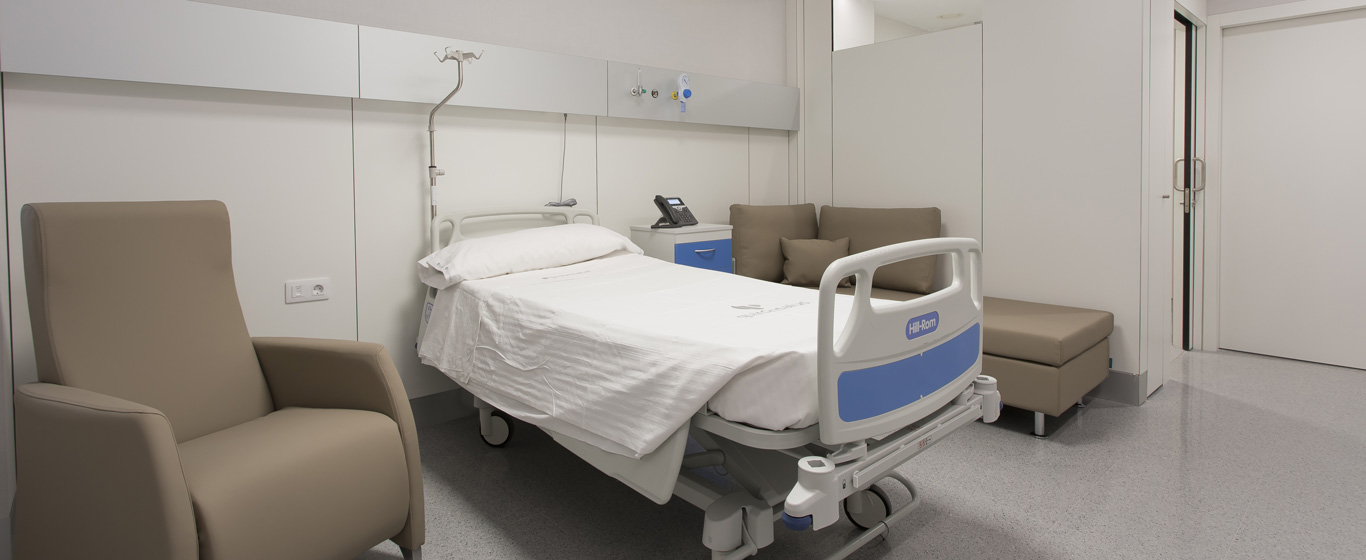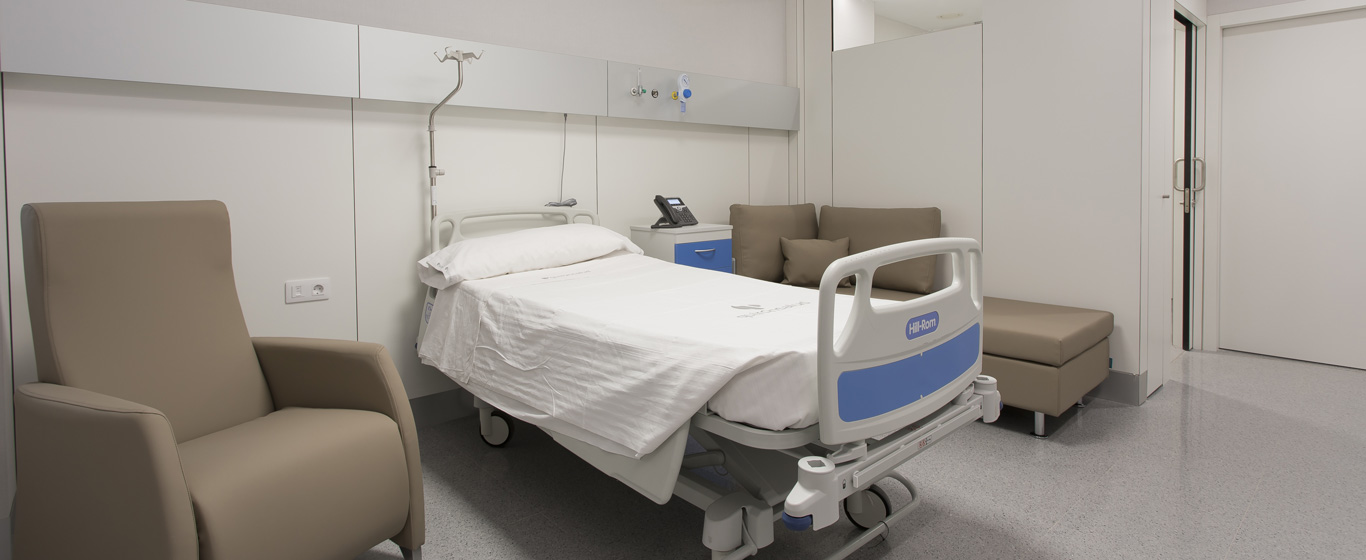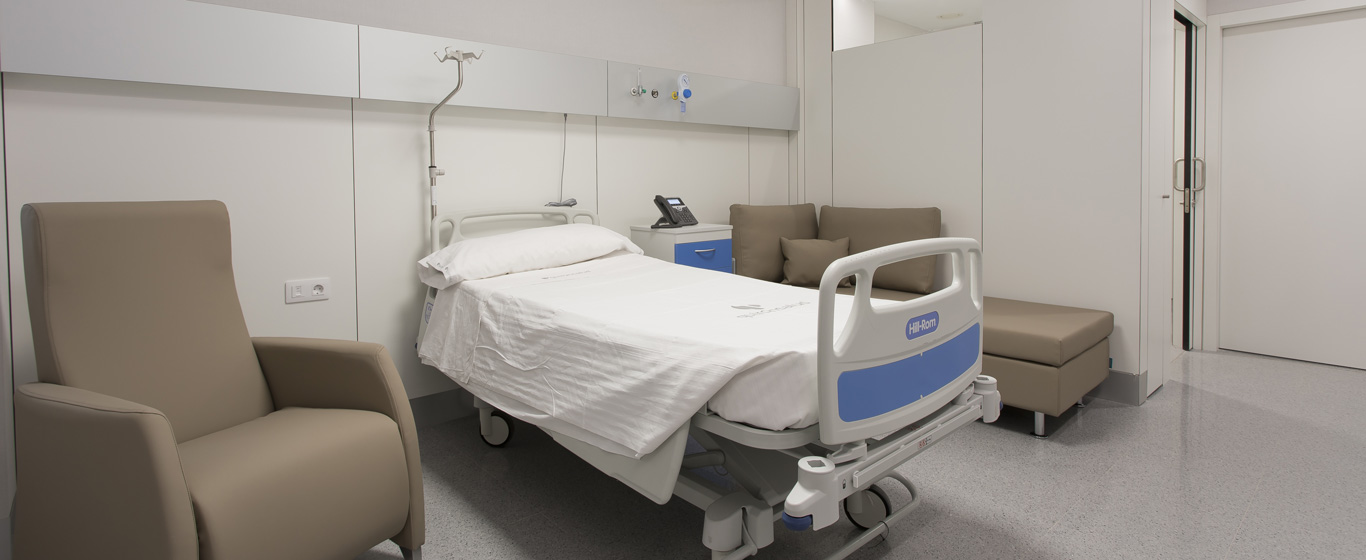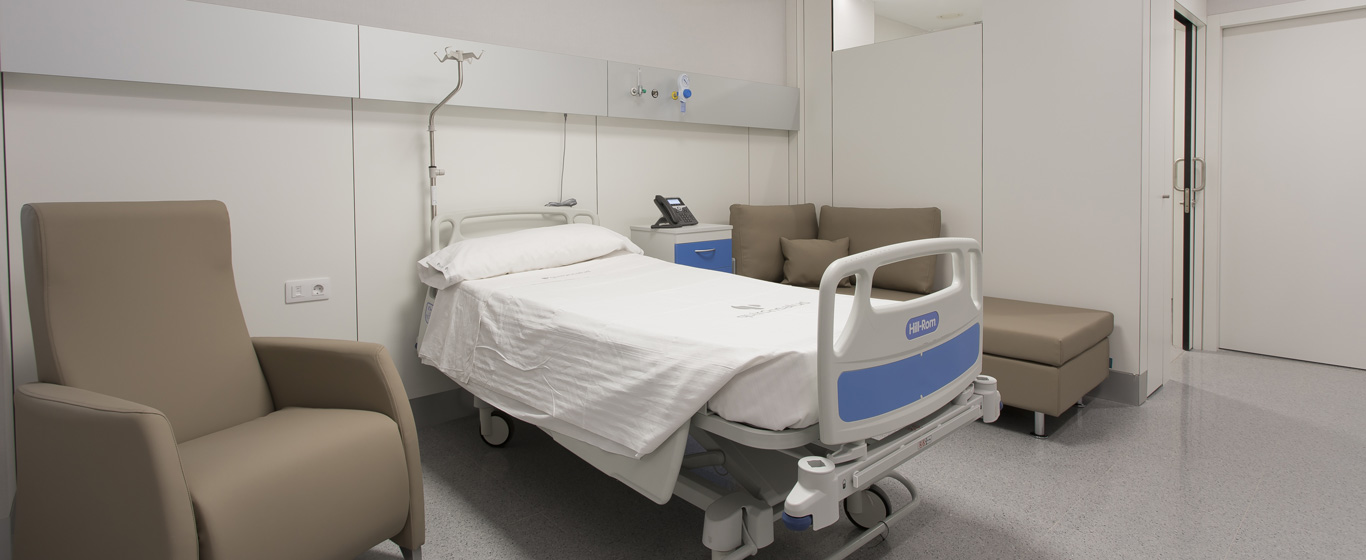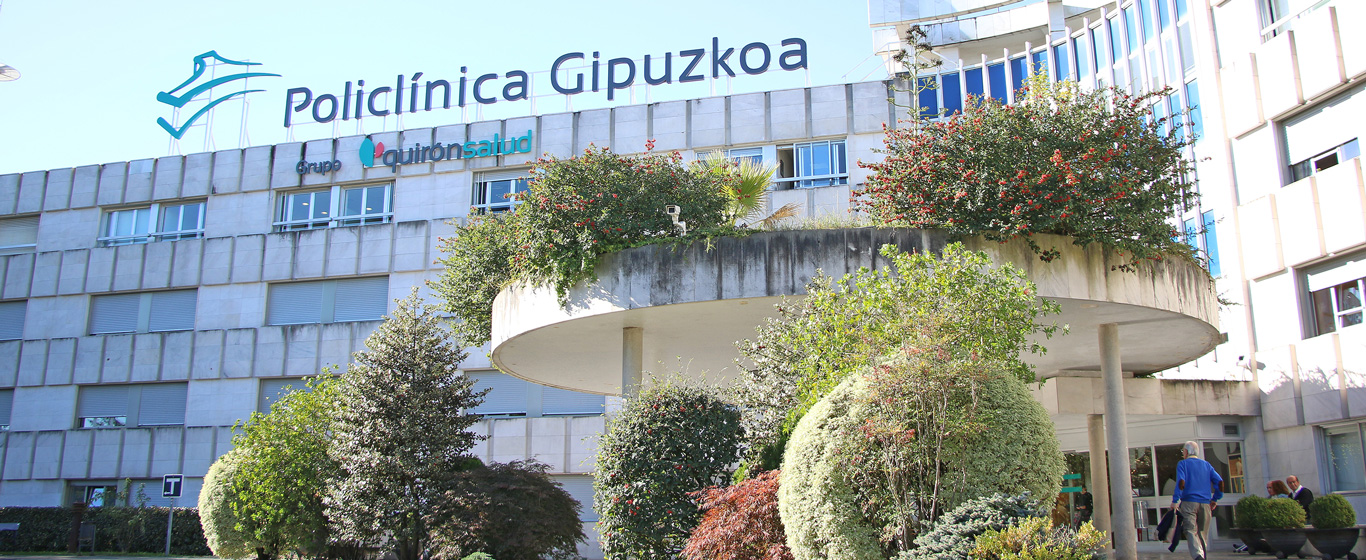Lupus
How to detect the symptoms of a lupus flare-up? Information for living with this disease.
Symptoms and Causes
Lupus is an autoimmune disease, meaning it occurs when the body attacks its own tissues. The skin, kidneys, joints, heart, blood vessels, brain, and lungs are most commonly affected by this condition, although it can damage any part of the body. There are five different types:
- Systemic lupus erythematosus, the most common.
- Subacute cutaneous lupus, a photosensitive variant of the former.
- Discoid lupus, which causes disc-shaped rashes on sun-exposed areas of the skin and mucous membranes.
- Neonatal lupus, which affects newborns.
- Drug-induced lupus.
Although each patient manifests different symptoms, skin abnormalities are the most characteristic since they usually appear in the majority of cases. These signs often appear in flare-ups, which, after treatment, reduce significantly or even disappear completely until the next one occurs.
A cure for lupus is still unknown, as it is a chronic disease, but treatments to regulate the immune system and medication to reduce symptoms help control its effects and significantly improve the patient's quality of life.
Symptoms
Lupus symptoms can vary greatly, as no two cases are the same. Sometimes, they appear suddenly, while other times, the signs develop gradually. The most significant symptoms usually include:
- Butterfly-shaped rash, a skin eruption that appears on the nose and cheeks.
- Skin lesions all over the body.
- Fatigue.
- Fever not associated with an infectious process.
- Inflammation and pain in the elbows, knees, wrists, and joints of the hands and feet.
- Chest pain caused by inflammation of the pericardium or pleura.
- Thrombosis.
- Recurrent miscarriages.
- Anemia.
- Hypertension, sometimes caused by renal failure.
Causes
The causes of this autoimmune disease are unknown, although its development is associated with a combination of a person's genetic predisposition and certain environmental factors such as:
- Exposure to sunlight.
- Infections.
- Consumption of antibiotics or medications to control blood pressure or seizures.
Risk Factors
Some factors that increase the risk of developing lupus or having more severe symptoms include:
- Age: the first manifestations usually occur between 20 and 45 years old.
- Sex: lupus affects women more often, as estrogens worsen the course of the disease.
- Race: it is more common in Asians and Black people.
Complications
The inflammation caused by lupus and the treatments that weaken the immune system can lead to other conditions such as:
- Anemia, as the number of red blood cells in the blood may decrease.
- Coagulation problems and bleeding, which can lead to thrombosis or recurrent miscarriages.
- Kidney failure or severe kidney damage that threatens the patient's life.
- Headaches, dizziness, seizures, vision problems, or strokes associated with inflammation of the central nervous system and blood vessels.
- Pulmonary inflammation may cause pneumonia or breathing difficulties.
- When lupus affects the heart, there is a risk of heart attacks.
- Increased risk of infections or bone fractures.
Prevention
As it is an autoimmune disease, there is no way to prevent the development of lupus. Once diagnosed, certain habits can be adopted to improve quality of life and reduce its effects. For example:
- Engage in regular exercise to strengthen muscles, which tend to weaken with the disease.
- Schedule daily activities with time for rest to help manage fatigue.
- Avoid smoking and alcohol consumption to improve overall health.
- Protect yourself from ultraviolet radiation and avoid sun exposure.
- Join a lupus support group to get accurate information about the condition and receive support from people in the same situation.
Diagnosis
Diagnosing lupus is very challenging, as its symptoms can easily be mistaken for other diseases and there are no clear and common signs for all affected individuals. To confirm the diagnosis, once other conditions have been ruled out, doctors rely on:
- Patient history and reported symptoms.
- Physical examination, where skin lesions and inflammations are observed.
- Blood test, as those affected always present antinuclear antibodies (ANA), anti-DNA, and anti-Sm, and in most cases, a low count of lymphocytes, leukocytes, and platelets. Additionally, a high sedimentation rate may indicate a systemic disease.
Treatment
Due to its complexity, lupus treatment varies greatly depending on the symptoms and complications each patient presents. Some medications are prescribed to control the nature of the disease itself, while others are aimed at reducing discomfort in different organs of the body. Among the most commonly used are:
- Non-steroidal anti-inflammatory drugs (NSAIDs) to reduce swelling and lower fever.
- Corticosteroids, which, in addition to reducing inflammation, contain steroids to treat conditions affecting the kidneys and brain.
- Immunosuppressants, used in severe cases to inhibit the immune system.
- Antimalarials, which reduce the symptoms of flare-ups due to their effect on the immune system.
- Biological drugs, which are the most recent treatment for lupus and are administered intravenously to minimize symptoms.







